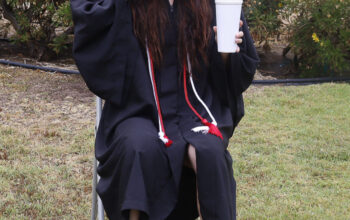Green thumbs don’t have to be for plants; they can be for communities too.
During the COVID-19 pandemic, millions of people have been struggling financially due to layoffs and less hours at work. In some cases, people were uncertain whether they’d be able to have enough food at home.
According to a study by USC, one in four L.A. County households experienced food insecurity within the first four months of the pandemic.
With Pierce’s large campus measuring 426 acres, dedicating a space for a community garden should be fairly easy.
With a community garden, opportunities would open for people in the area to become more active, have healthier diets and it could potentially ease the stress of many families.
A community garden study, published by the Oxford University Press, said participants voiced the idea that gardening contributed to the improvement of their mental health.
The Oxford study added that in many cases, some of the participants were able to make a significant difference in their household food cost by substituting store-bought foods with the local produce.
Community gardens are also inexpensive and sustainable. Pierce has an agricultural program, so students would be able to help maintain the garden and get a learning experience in the process.
Researchers from Texas State University found that students who frequently used greener spaces were able to apply what they learned in college better than those who did not.
For COVID-19 safety measures, the garden should have various plots that are reasonably spaced to avoid crowding. Those interested in participating in gardening should be required to wear masks.
As another precaution, Pierce could install hand sanitizing stations.
Having a garden could be a benefit to the community needs, especially during these tough and unpredictable times.


